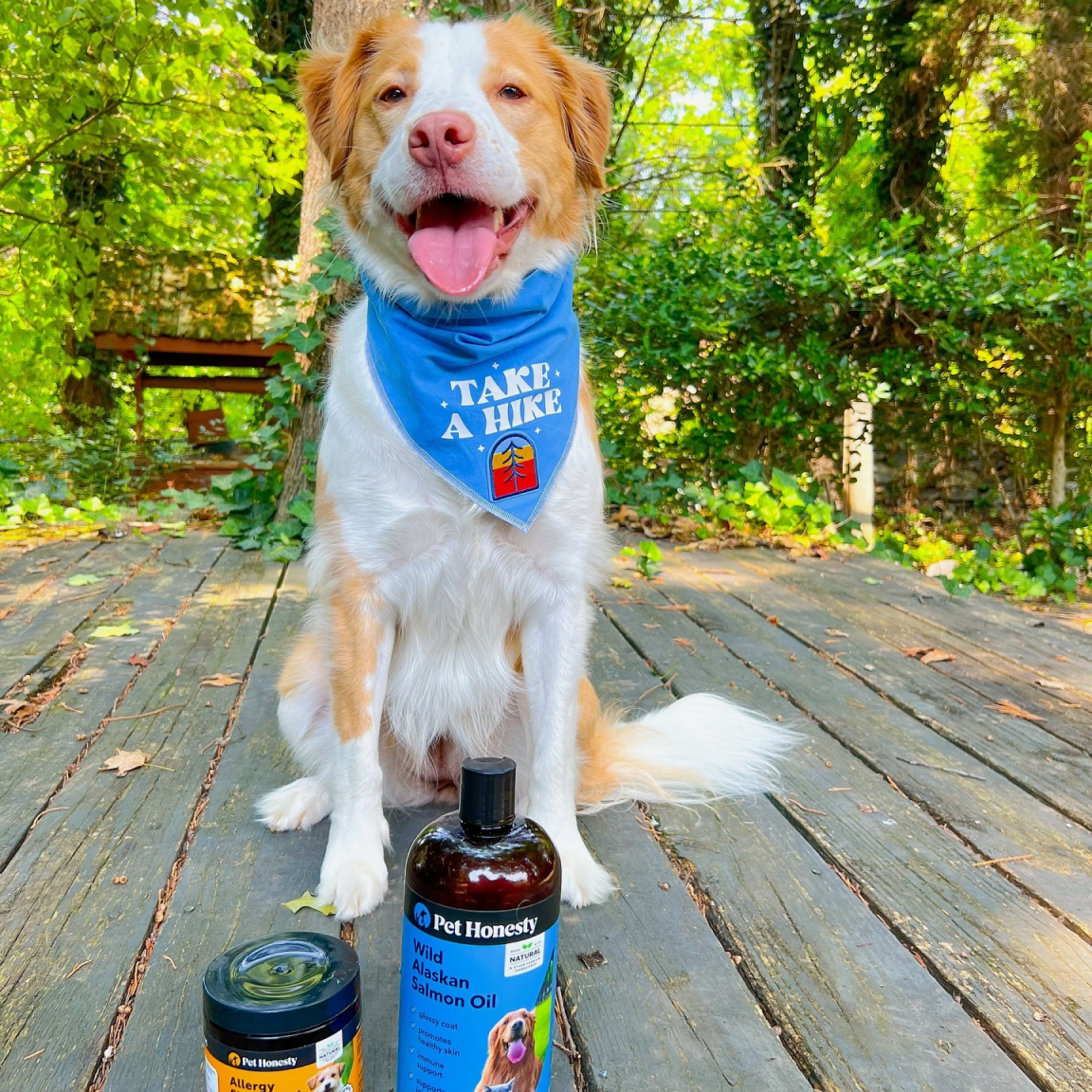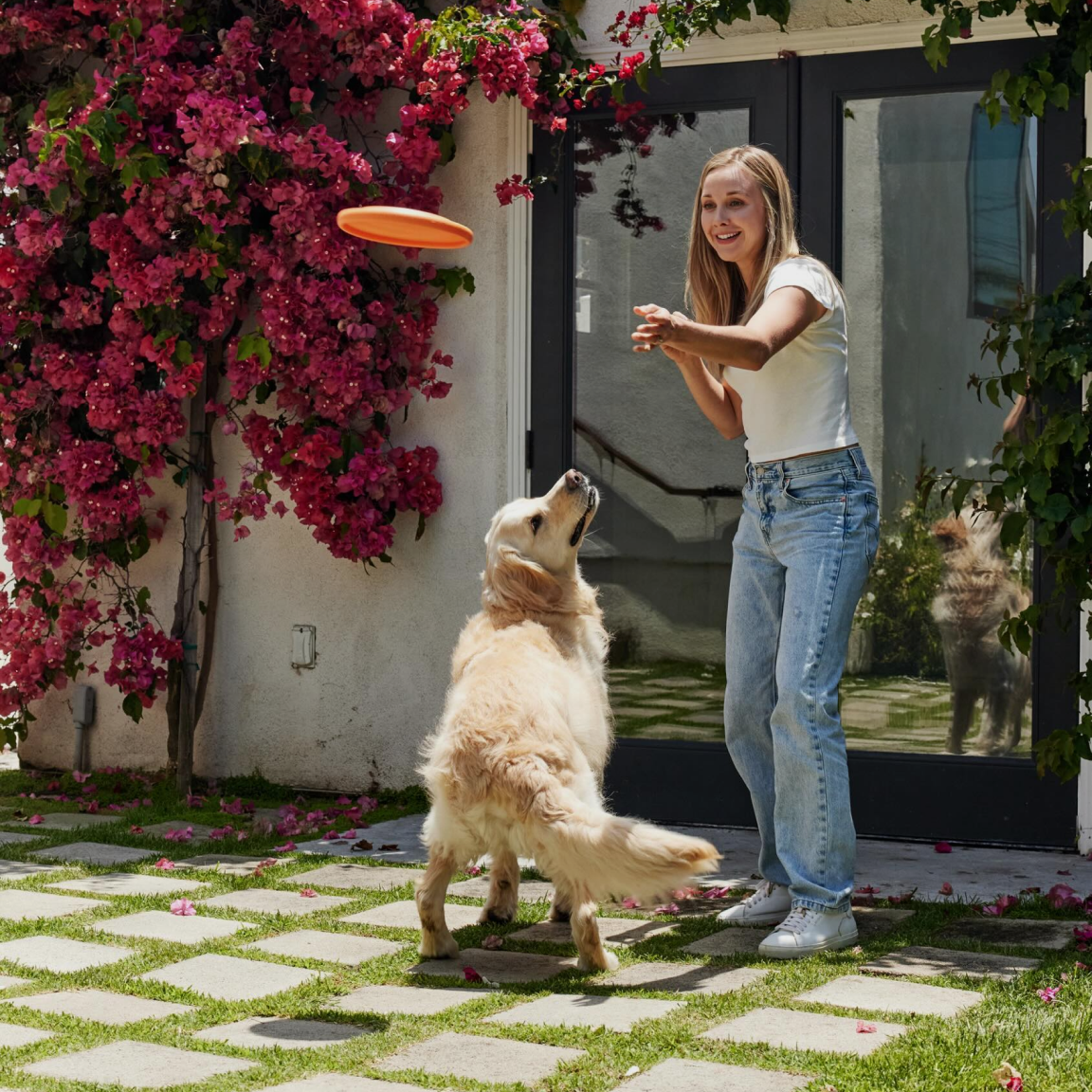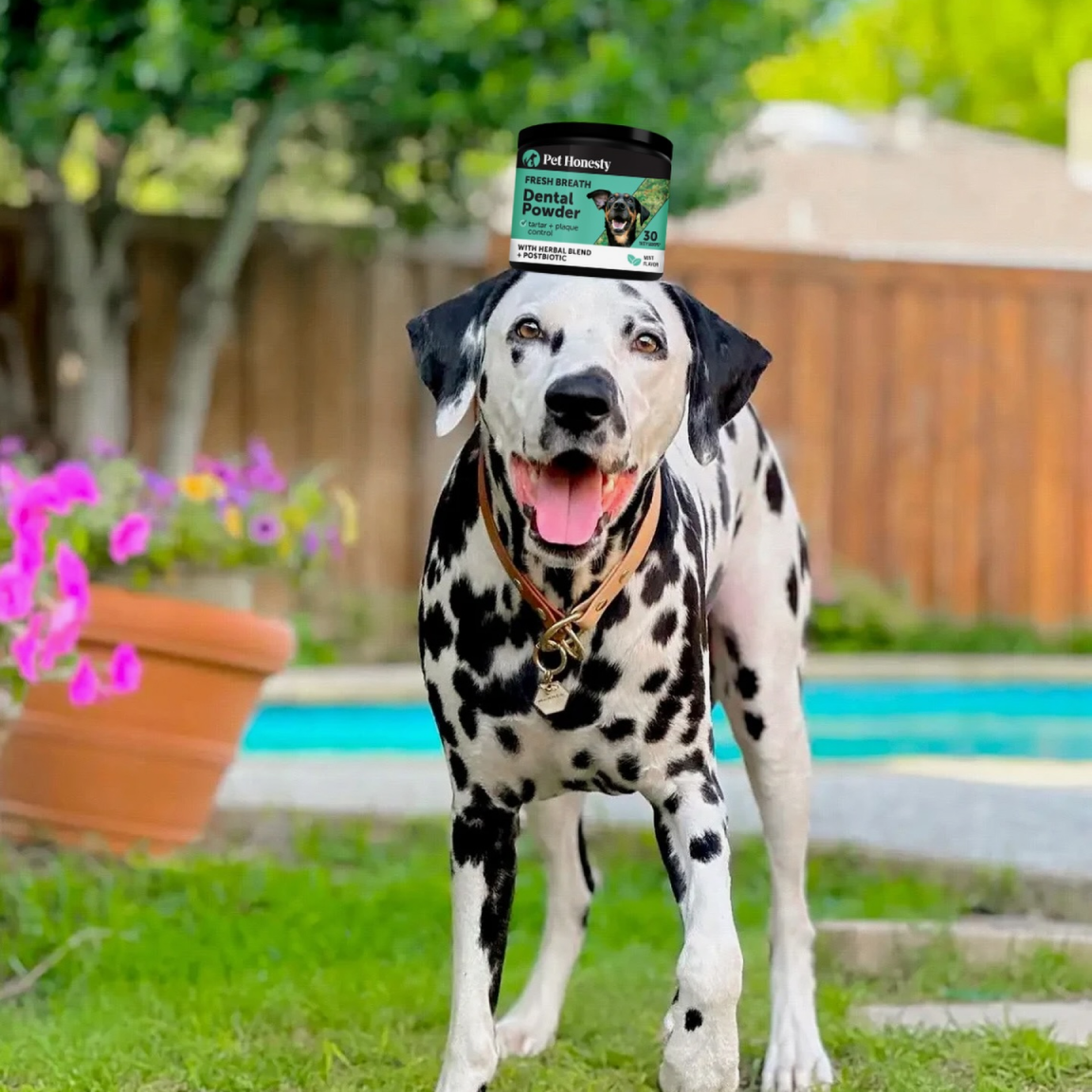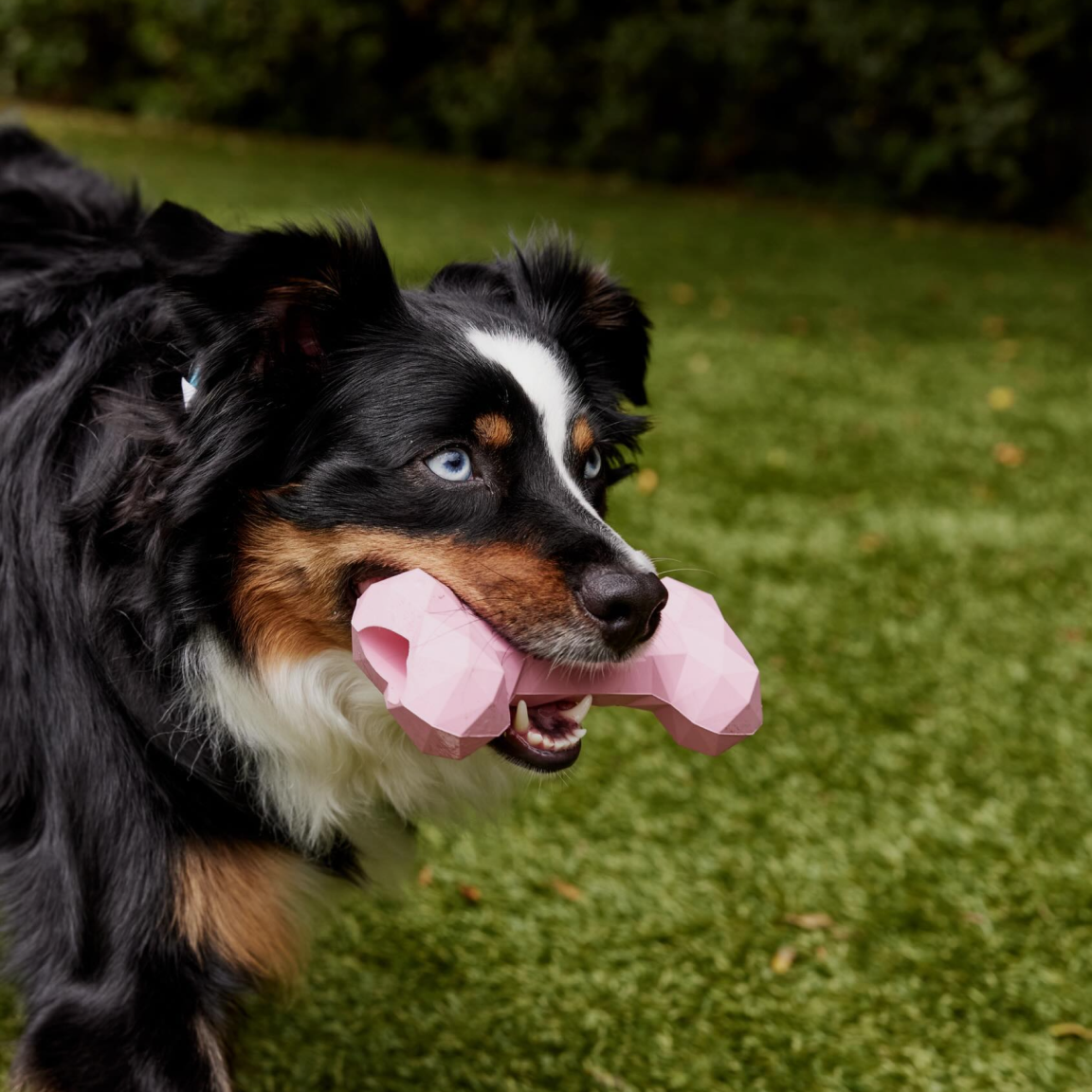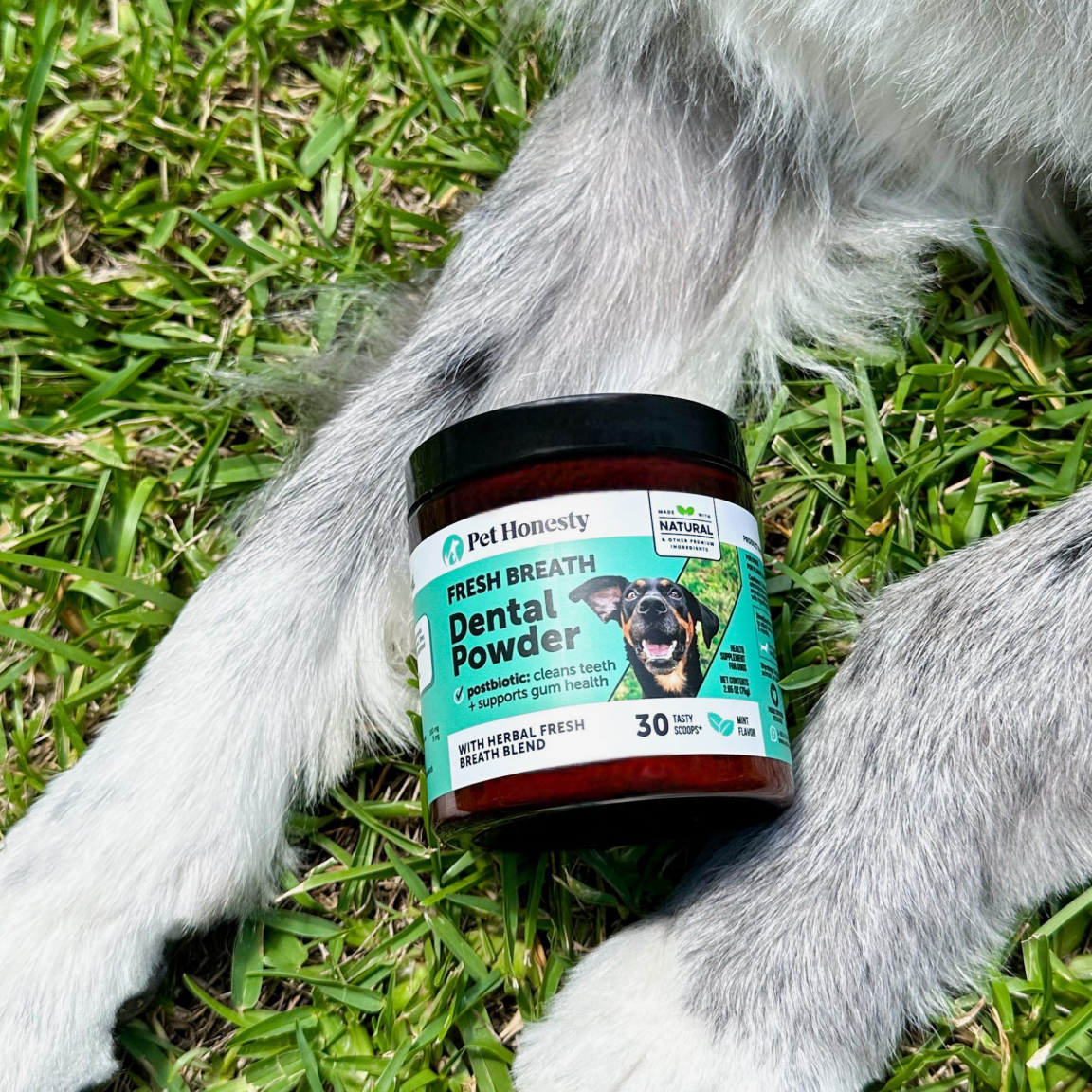Are you sitting at home with your beloved puppy, and suddenly notice that they’re vomiting yellow bile? Panic and worry can quickly set in—what is going on with them?! When dogs vomit yellow bile, it usually means their stomach is empty and the acid in their digestive system is causing them to vomit yellow bile. However, there are some other possible causes of vomiting yellow bile that you should be aware of.
This blog post is written specifically for concerned pet parents like yourself! Here, we'll provide helpful information about stomach irritation and why your dog might be vomiting yellow bile so you can take the best course of action for your furry friend. From understanding contents within the vomit and possible treatment options to when it might be time to seek help from a vet, this blog post will address all of the questions or concerns that have been brewing in your mind since discovering your pup's yellow vomit.
With some knowledge behind you, we hope that this article provides comfort and assurance as you prepare to make decisions regarding your pup's health. So let’s dive in together! Here are all the answers about what to do if your dog's vomiting yellow!
What is the Yellow Bile?
When a dog's vomit appears to be yellow, it’s usually due to the bile that is produced in their small intestine. Bile is a digestive juice that helps break down food so they can absorb and digest nutrients more effectively. It's common for dogs to occasionally vomit some yellow bile if there isn't any solid food in their stomach.
Stomach acids can also cause your pup to vomit yellow bile. If your dog hasn't eaten in a while, their stomach will begin to secrete hydrochloric acid which can irritate the dog's stomach lining and lead them to throw up yellow bile.
What does it mean when dogs vomit?
As a dog owner, watching your furry friend vomit can be a worrisome experience. And when the vomit is yellow in color, it can make you even more concerned. Yellow vomit in dogs can be caused by a variety of factors such as bile buildup, food allergies, empty stomach, intestinal blockage, or worse, liver disease. Regardless of the cause, your dog's gastrointestinal tract is trying to tell you something and it's important that you find out the underlying cause.
Empty Stomach
Vomit, which is a bright hue of yellow, likely signals stomach bile. This coloration can often be especially visible if your canine had an empty stomach before expelling the contents. Bilious vomiting syndrome is a common condition in dogs, where the yellow bile from their digestive system is thrown up due to an irritated stomach caused by an empty stomach.
The dog is vomiting because their body is trying to get rid of the bile, and this can cause them discomfort. If your pup's stomach is empty for too long or too often, they may become dehydrated. So make sure to keep plenty of water available at all times and provide regular meals throughout the day.
Fatty Foods
Fatty foods can cause stomach irritation and result in your pup to vomit yellow bile. So, if you recently fed your dog a fatty meal, it might be the culprit behind their vomiting. Similarly, if they’ve eaten something that has caused them to experience an upset stomach, this could also result in yellow bile being thrown up.
Food Allergies
If you notice that your pup's vomit contains yellow foam or chunks of food, this could be caused by food allergies. Allergies can cause inflammation in the stomach and intestines, resulting in vomiting yellow bile or chunks of food that your dog recently consumed. An elimination diet may be recommended to narrow down what could be causing the allergic reactions that made your dog to vomit yellow bile and help you choose a more suitable food option for your pup.
What is an Elimination Diet?
An elimination diet is a process of temporarily removing certain ingredients from your pup’s food in order to determine which could be causing them to vomit yellow bile. Keeping a diary of the specific food items being eliminated, as well as monitoring for any changes in your dog’s overall health can help you identify what might be causing their allergies or intolerance, or bilious vomiting syndrome.
Intestinal Blockage
Sometimes ingesting a foreign object or eating food too quickly can result in a blockage within the canine's digestive tract. If your dog is the type who loves to chew toys or other objects, this could be the cause of their vomiting yellow bile. If these blockages are left untreated, it can lead to further complications and even death.
If you suspect there may be an obstruction, seek help from a vet immediately. Your vet will perform an X-ray examination to determine if any foreign bodies are present and then prescribe the appropriate treatment.
Stomach Ulcers and Other Gastrointestinal Diseases
Frequent vomiting in dogs can also be sign of gastrointestinal diseases such as stomach ulcers, kidney disease, inflammatory bowel disease (IBD), or pancreatitis. Abdominal pain is usually associated with these illnesses, so a visit to the vet is necessary in order to confirm the diagnosis and provide relief for your pup.
If the vomiting continues or worsens, it's crucial to seek veterinary help in order to rule out any serious medical conditions that could be causing your pup's discomfort and vomiting. But before you book an appointment, there are a few things you can do at home to help alleviate the symptoms of yellow vomit in dogs.
When to Seek Help
As a responsible pet owner, it's natural to worry about your dog's health when they vomit yellow liquid. While occasional vomiting may not be a cause for concern, it's essential to know when to seek veterinary help. If your dog vomits frequently or shows other symptoms such as lethargy, loss of appetite, diarrhea, or blood in the vomit, it's time to consult a veterinarian.
Throwing up bile can be a sign of a severe underlying condition, such as gastrointestinal disorders, kidney or liver disease, or even cancer like those we've mentioned previously. Don't hesitate to seek professional help, as early detection and treatment can make a significant difference in your dog's health and wellbeing. Remember, your furry friend relies on you to care for their health, so it's critical to monitor their vomiting habits and seek help if needed.
Signs to Watch Out For to Determine the Severity of the Issue
It can be tricky to discern the severity of an issue, especially when it comes to your pup's health. However, there are certain signs you can look out for to determine the severity of your dog's vomiting:
Frequency of vomiting
If your pup is vomiting more than twice a day, it could be an indication of a more serious underlying condition and you should seek veterinary help.
Type of Vomit
The color, consistency, and odor of the vomit can provide clues about what's causing the issue. If the vomit contains yellow bile, chunks of food or foreign objects, it could indicate an obstruction that needs to be examined by a vet.
Other Symptoms
If your dog has a fever or is displaying other signs such as lethargy, loss of appetite, or diarrhea, it could be a sign of an infection or another medical condition and you should seek veterinary help immediately.
Home Remedies To Try Before Seeing a Vet
As a pet owner, it's important to know that there are some home remedies you can try before taking your furry friend to the vet after you see them vomit yellow bile.
Boiled Rice or Boiled Chicken
If your dog has an upset stomach, you can try giving them some boiled rice or chicken instead of their regular food. This can help to settle their stomach and provide some temporary relief from nausea.
Fasting
You can also try withholding food for 12-24 hours, as this will give your pup's digestive system a chance to rest and recover. Make sure you provide adequate amounts of water during the fast in order to prevent dehydration.
Probiotics
Introducing probiotics into your pup's diet can help to balance the bacteria in their gut and improve digestion. You can find probiotic supplements at most pet stores, or you can make your own by introducing yogurt or other fermented foods into their diet.
Follow Up Care After a Vet Visit
It's always a relief to visit the vet and know our furry friends are in good hands. But the work doesn't stop there! Follow up care is equally important to ensure a speedy and full recovery. Your vet may give you specific instructions on what to do post-visit, such as administering medication or keeping your pet on a restricted diet.
Paying close attention to these guidelines can make all the difference in their healing process. It's also a good idea to keep an eye out for any changes in behavior or symptoms that may indicate a problem. Above all, remember to give your pet plenty of love and care during this time–they'll thank you for it!
Tips for Prevention of Future Vomiting Episodes in Dogs
As pet owners, it's always hard to watch our furry friends suffer from upset stomach or bilious vomiting syndrome. Whether it's from a change in diet or something they picked up during a walk, vomiting can be a common occurrence in dogs. But fear not, there are several things you can do to prevent future vomiting.
Firstly, make sure your dog is on a consistent, high-quality diet that is appropriate for their age and health status. Avoid table scraps and human food, which can upset their digestion and trigger vomiting. In addition, provide fresh water at all times and monitor how much they're drinking. Staying hydrated is essential for proper bodily function. You should also watch for any signs of illness or discomfort and seek veterinary care if needed. With these tips and a little love and care, you can help your dog avoid any future tummy troubles.
Taking the right steps to care for and prevent your dog's yellow vomit episodes is necessary to promote their health and longevity. While the causes of your pup's yellow vomiting may vary, there are many things you can do as a pet parent to provide them with the best possible care.
Making sure you are aware of underlying issues that could be causing vomiting episodes is also important – sometimes more serious conditions like pancreatitis can be disguised as simple stomach issues. Seeking veterinary advice is usually the best course of action when you have questions about potential illnesses or problems your pet might have. Finally, by doing some simple home remedies and following up with a vet visit, you can help make sure your dog gets necessary treatment so they stay healthy and happy for years to come.













